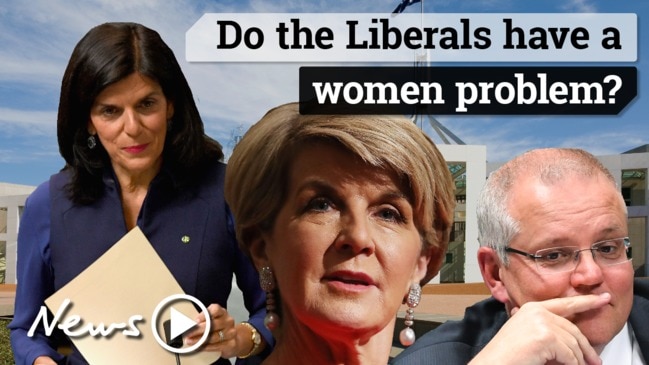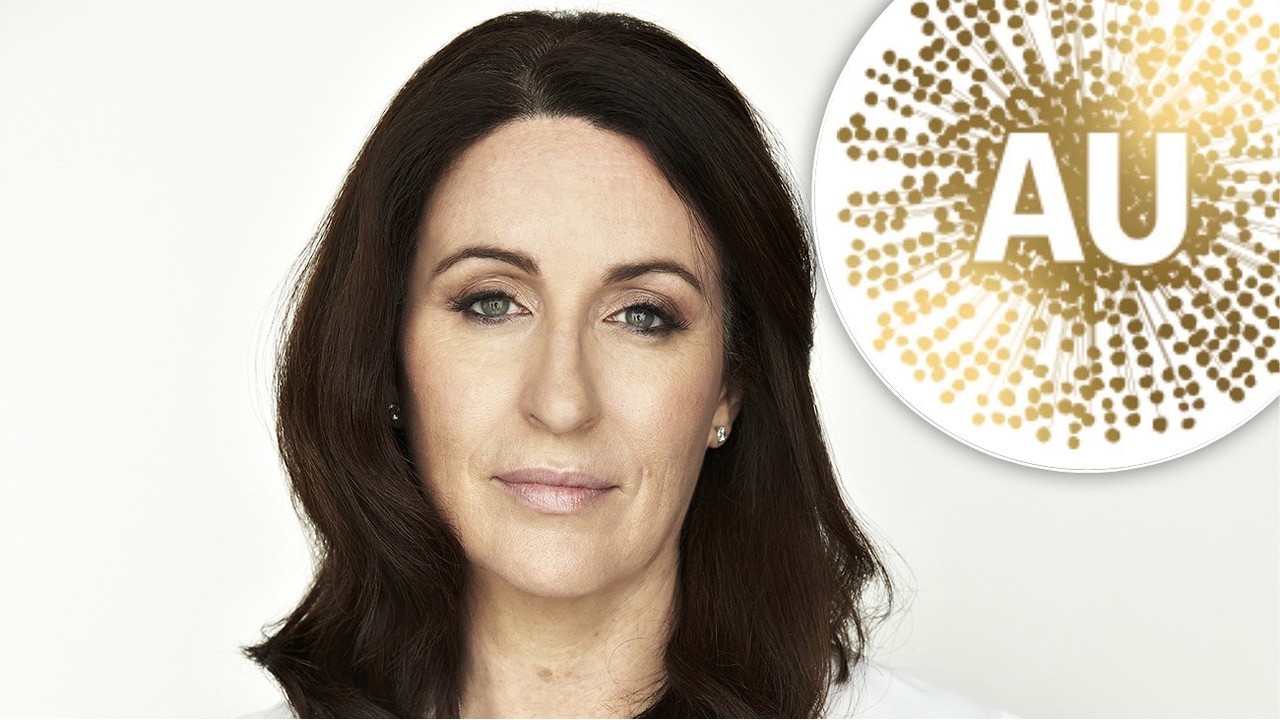This crisis could end the Liberal Party
The Liberal Party has faced strife a few times in its life. But nothing ever quite as confounding or brutal as this, writes Paul Williams. This time they’re warring over their very DNA.

There’s much happening in conservative Australian politics that’s very familiar.
So familiar, in fact, that party stalwarts are saying — perhaps praying — that poor opinion polls and bickering personalities are neither new nor anything to worry about.
After all, the very first united Liberal party, welded from competing interests along a very rough seam in 1909, forced conservatives and progressives to live together in their quest to quash Labor. That worked for eight years before falling apart. But the new Nationalists fared no better and they collapsed 14 years later. And nor did its replacement, the United Australia Party, that fell into a gooey heap just 12 years after that.
Yes, the Liberals have been down this road before, and not only survived but returned to conquer. It’s simply a matter of coming out the other side of a crisis in one piece.
The modern Liberals’ first crisis came in the late ‘60s after founder Robert Menzies retired, and a quick succession of Liberal leaders — Harold Holt, John Gorton, Billy McMahon, Bill Snedden — couldn’t best Labor’s Gough Whitlam or capture the public’s mood for a groovy new Australia. The crisis proved short-lived: the Whitlam government imploded and a skilled Malcolm Fraser gave his party a stronger identity.
The second crisis was much greater. Losing in 1983 to Labor’s Bob Hawke — arguably the most popular grassroots politician Australia’s ever seen — was just a symptom of the Liberals’ problem. The party’s real disease was losing the coveted mantles — held since the ‘50s — of being Australia’s natural party of government and its careful economic manager.

But even that proved a surmountable problem: after Liberal leader John Hewson shell-shocked a nation in 1993 with the promise of a new tax, John Howard’s calm conservatism and lower taxes gave the Liberals back their crown.
And while battles between Liberal personalities, ideas and even states — Victoria’s Andrew Peacock and his social liberalism locked horns with Howard’s Sydney-centric small government — proved a distraction for over a decade, the party found a tempo just right for the austere ‘90s, and even better for the nervous naughties.
But there’s something different about this time. The Liberals’ third crisis — beginning pretty much after the Abbott government’s 2014 horror Budget — augurs especially badly for Menzies’ grand old party. In fact, so ominous are the storm clouds looming over a divided party room today that no major non-Labor Party has been in this much internal strife since the UAP’s demise in 1943.
This time the Liberals aren’t just bitterly divided over personalities — although the hate and animosity between the Abbott and Turnbull camps far surpasses any rivalry between Howard and Peacock. Neither are they just casually divided over ideas and policies — even though same-sex marriage and climate change stand tall as totems on liberal and conservative patches.
Even so, the Liberals’ policy differences, even of the big picture variety, have been settled before. Fraser, for example, dragged the party closer to Asia and away from South Africa in the 1970s, and Howard in the 1990s, and after, convinced his colleagues that indirect taxes make Australia strong.

But this time more — everything — is at stake. This time the Liberals are warring over their very DNA. Are they a party that could easily sit with the Labor moderates in their support for minority rights, clean energy and social welfare? Or are they a conservative outfit geared to lower corporate tax, fossil fuels, the churches and self-reliance?
The Liberals have always been two parties in one, just as Labor has been, at times, a loveless marriage of liberalism and democratic socialism.
Now, though, unlike the 1980s and early 1990s, the Liberals are squeezed on the hard right by the likes of One Nation, Katter’s Australian Party, the Australian Conservatives and a clutch of racist groups all hoovering up non-Labor votes. This time, unlike the ‘80s and early ‘90s, voters, branch members and even MPs have a place to go to set up a new right wing camp.
Sitting MPs didn’t desert the party during the Liberals’ last crisis. But last week the moderate Julia Banks moved to the crossbench, and rumours circulated — since denied — of the conservative Craig Kelly’s similar departure.
Sadly, the odds are we’ll see more defections from the federal Liberals before next May’s election. And if the number of defections reaches critical mass, the Liberals may well split as factions argue over who retains the Liberal Party name.
The fault lines of Australian politics have shifted. Now prepare yourself for an earthquake.
Dr Paul Williams is a senior lecturer at Griffith University.


